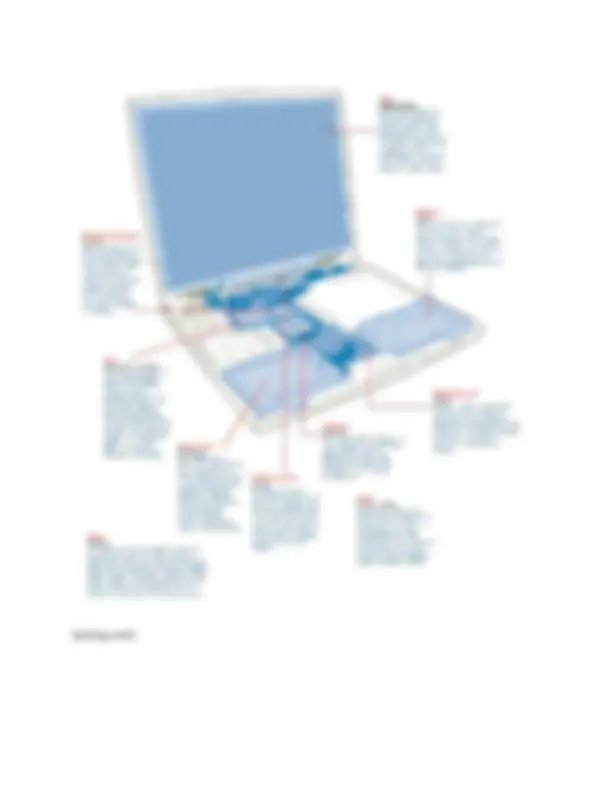



Study with the several resources on Docsity

Earn points by helping other students or get them with a premium plan


Prepare for your exams
Study with the several resources on Docsity

Earn points to download
Earn points by helping other students or get them with a premium plan
Community
Ask the community for help and clear up your study doubts
Discover the best universities in your country according to Docsity users
Free resources
Download our free guides on studying techniques, anxiety management strategies, and thesis advice from Docsity tutors
Material Type: Notes; Professor: Lozada; Class: Intro Cultural Ant; Subject: Anthropology; University: Davidson College; Term: Spring 2009;
Typology: Study notes
1 / 3

This page cannot be seen from the preview
Don't miss anything!


Spring 2009, M,W,F 10:30 — 11:20, Chambers 1027
Prof. Eriberto P. Lozada Jr. Office Hours: M, W 9:30– 10:30 am Office: Chambers B12 T, Th 9:00– 10:00 am or by appointment Telephone: 704-894-2035 Email: erlozada@davidson.edu Web: http://www.davidson.edu/personal/erlozada
Lecture Notes, 15 April 2009
Globalization
what we will be trying to figure out about globalization:
What does globalization look like? McDonald’s?
(First McDonald’s opened in 1940 by Dick and Mac McDonald)
McDonald’s as the symbol of globalization
Main points from Watson’s article
Thinking Quote: Cultural Imperialism “Theorists who write about cultural imperalism argue that it is the domination of popular culture
Thinking Quote: Globalization, Popular Culture and the Family “In response to these changes [from rising incomes] a new family structure has emerged, one that focuses on the needs and aspirations of the conjugal unit, the married couple. Conjugality brings with it an entire set of attitudes and practices that undermine older assumptions regarding the meaning of life” (Watson 1997:15-16; contrast with what we read in Margery Wolf).
Thinking Quote: Culture Producers?: “As Robert Kwan, Managing Director of McDonald’s in Singapore, puts it: “McDonald’s sells … a system, not products.” The aim is to create a standardized set of items that taste the same in Singapore, Spain, and South Africa… McDonalds may not be able to control the taste responses of individual consumers, but it can make the experience of eating relatively predictable” (Watson 1997:21-22; how does this fit in with our discussions throughout the term of culture)
Thinking Quote: Global or Local? “It therefore comes as a shock to many Americans when they travel abroad for the first time and discover that public friendliness is not the universal norm. In fact, the human smile – a complex alignment of facial muscles – is not always interpreted as a symbol of congeniality, openness, or honesty; quote the opposite is often true. In Russia, a visible smile can be tantamount to a challenge.” (Watson 1997:31)